Books
Writing from the heart
Raju Syangtan does not shy away from speaking his opinions and challenging the norms.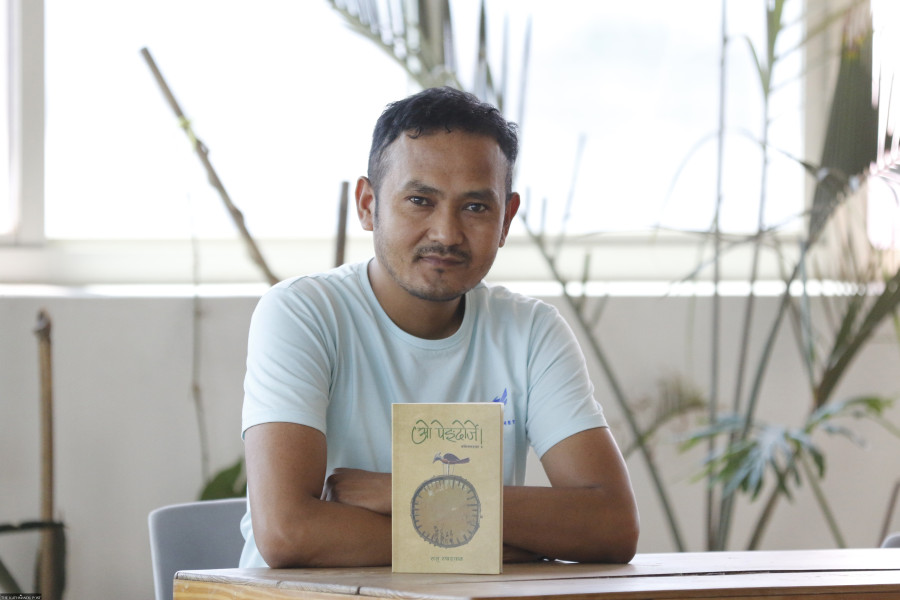
Ayush Gurung
Somewhere in a faraway village of a war-torn nation lived a boy who dreamt of joining the military to fight against those who wronged him and his family. To achieve that dream, he left home at a young age, but his background and age created hurdles along the way, as they always had.
The above narration is the story of ‘Tungcha’, the lead character of ‘Rato Chamkilo Tara’, a Chinese children’s novel translated into Nepali. But it also happens to be a piece of writer Raju Syangtan’s own childhood—both the book and the story.
Born in a small settlement of Khairmara in Ward 11 of Bardibas Municipality to a house helper and a home mason, Syangtan’s early life was marred with problems and hardships. As a kid, academics never really fascinated him. Nor was he good at it. He was a last bencher and coursebooks seemed to weigh a ton, and the chapters a jargon.
It was the Chinese novel given to him by the Maoist rebels that sparked his interest in books.
“Our settlement was separated from the ‘upper class’. This made our homes a preferable stay for the Maoist rebels during the insurgency,” Syangtan said. “They [the rebels] would often leave leftover food grains for us. During one of those stays, they handed me two books—‘Rato Chamkilo Tara’ and ‘The Communist Manifesto’.”
While the content of the latter went over the then-16-year-old’s head, he would end up reading the former many times over.
Syangtan has always had a keen interest in writing, having started writing stories and songs at a young age. As a kid, he recalls envying the polished-tile-decked houses of the ‘upper class’ and staging them as antagonists for his stories. The writer still seems to abide by the same practice, traces of which are evident in his debut book ‘Oh Pengdorje!’
Named after the Tamang luthier who invented the damphu, a tambourine-like percussion, the poetry collection is a form of resentment and angst against the entitled and the privileged. The poems are also pieces of Syangtan’s personal life and past experiences.
“Pengdorje is a character from the Tamang mythology believed to have existed in the hunter-gatherer era,” Syangtan shared. “As time progressed, we lost our authenticity and were forced to let go of our traditional ways of living. The title of the book is a cry for help from the present generation seeking strength to overcome the changes.”
The book explores stories of the socially rejected and the downtrodden and the discrimination and abuse they are subjected to. The former Maoist rebel also pens stories of his fellow comrades, who, like him, were left behind with nothing, while the ‘messiah of the downtrodden’ became the very people they once raged a war against.
Although stories of the underprivileged and the discriminated against are not ones that have not been written about in the past, Syangtan’s stories, he claims, are much more authentic.
“Many have narrated our stories before, but their writing reeks of sympathy. They are written from an outsider’s perspective and serve the sole purpose of showing that they have done something good,” Syangtan said.
“I never liked how they acted as if they were doing us a favour by writing about us. I have lived those experiences, and I need not act like something I am not.”
Syangtan also draws inspiration from the people he meets. Having worked as a feature reporter for over half a decade in a handful of national news outlets, he says that his profession and poetic journey complement each other.
“My journey as a journalist and poet go hand in hand. I get new stories and characters to write about during field reporting,” Syangtan said. “When I fail to tell a story through my poems, I write articles on them, and vice versa.”
Syangtan, in his writings, does not shy away from voicing his opinions and challenging the norms set before him. In his poem ‘Gumnaam Taraharu’ he addresses prominent writers, singers, and artisans from the indigenous groups with titles that have predominantly been bestowed upon those from the Aryan community.
“In a culturally diverse country like ours, it seems unfair to celebrate a single person as the ‘mahakavi’ or the ‘swor samrat’,” Syangtan said. “Each community had their own supreme writers and artists who were best able to narrate the stories of their people. The people that we know today rose to prominence as a result of biases of those in power to promote people who were willing to align with their set of beliefs.”
A statue of aadikavi Bhanubhkata Acharya, a writer who wrote dominantly in the Khas language, in the Madhesh region seems like a misfit, he further adds. “It’s not like none from the entire Madhesh region were able to narrate the stories of their people. It’s the lack of effort made to teach them about their own icons.”
According to Syangtan, this cultural hegemony flourished during King Mahendra’s reign. The late king’s “ek bhesh, ek bhasa, ek desh” movement did more damage than good, he says.
“Promoting a singular language pushed the indigenous languages to extinction as they lost their value and importance,” the writer says.
As rebellious and frustrated as he seems about the local dialects being pushed to the risk of extinction, the irony is such that a majority of the Nepali writers, by choice, do not write in their local language.
Even Syangtan’s debut book is entirely written in Nepali. So why did he not write in his mother tongue if he felt so strongly about the changes?
Syangtan explains that while he deeply regrets not writing in his local dialect, it was necessary to write in a language that was widely understood.
“I felt that if I was to voice my anger and angst against the oppressors, I should do it in the language that they understood,” he said. “Of course, writing in the Tamang language would have helped in its preservation, but what good would my efforts be if the very people that the writings were directed at did not understand.”
‘Oh Pendroje!’ took Syangtan 10 years of work and a lifetime of experience to curate. For the time being, he is in no hurry to publish another book immediately. The writer only wishes to continue writing and shed light on the stories and history of the Tamang community.
“Despite being one of the largest indigenous communities, we have lived a life of sorrow and have been looked down on. I want to continue telling stories of my community, whether it be through books or movies.”
Syangtan’s book recommendations:
Nepalko Sandarbhama Samajshastriya Chintan
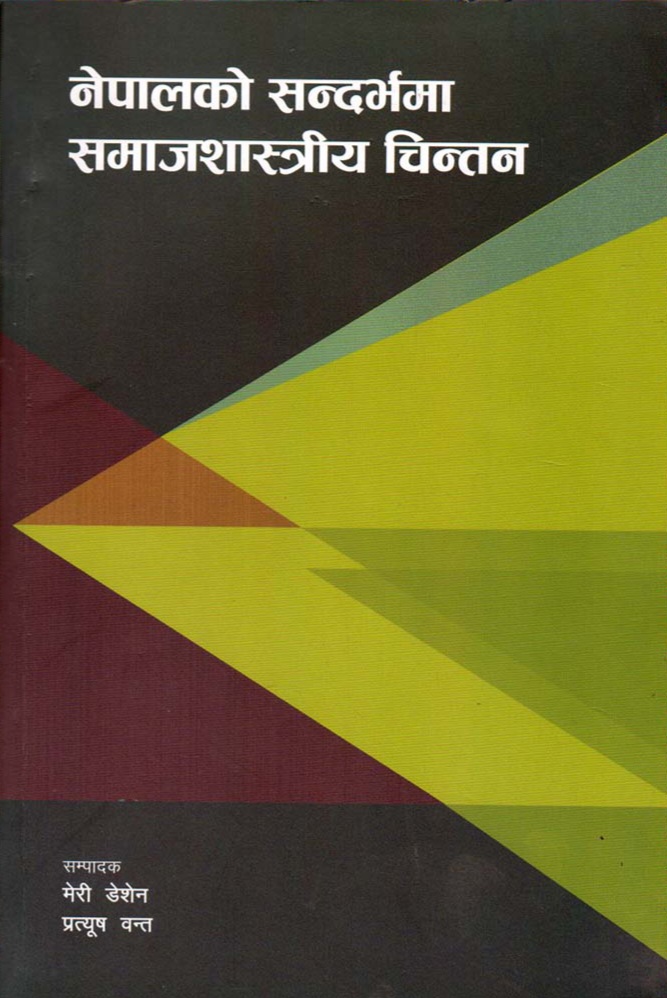
Editors: Prayoush Onta, Mary Katherine Des Chene
Year: 2004
Publisher: Ratna Books
Fatalism and Development
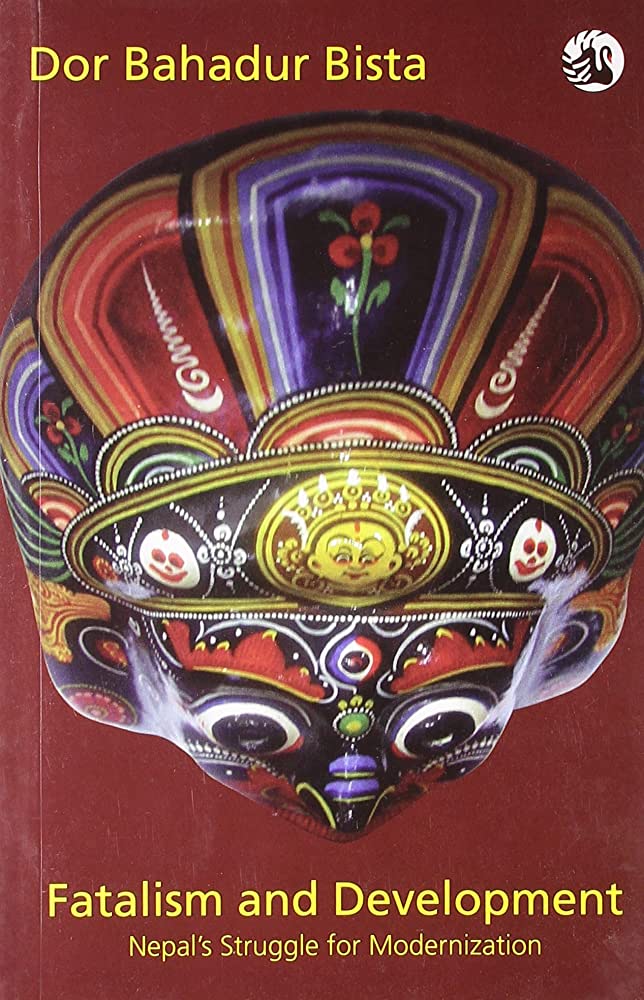
Author: Dor Bahadur Bista
Year: 1990
Publisher: Orient Longman Limited
Aama
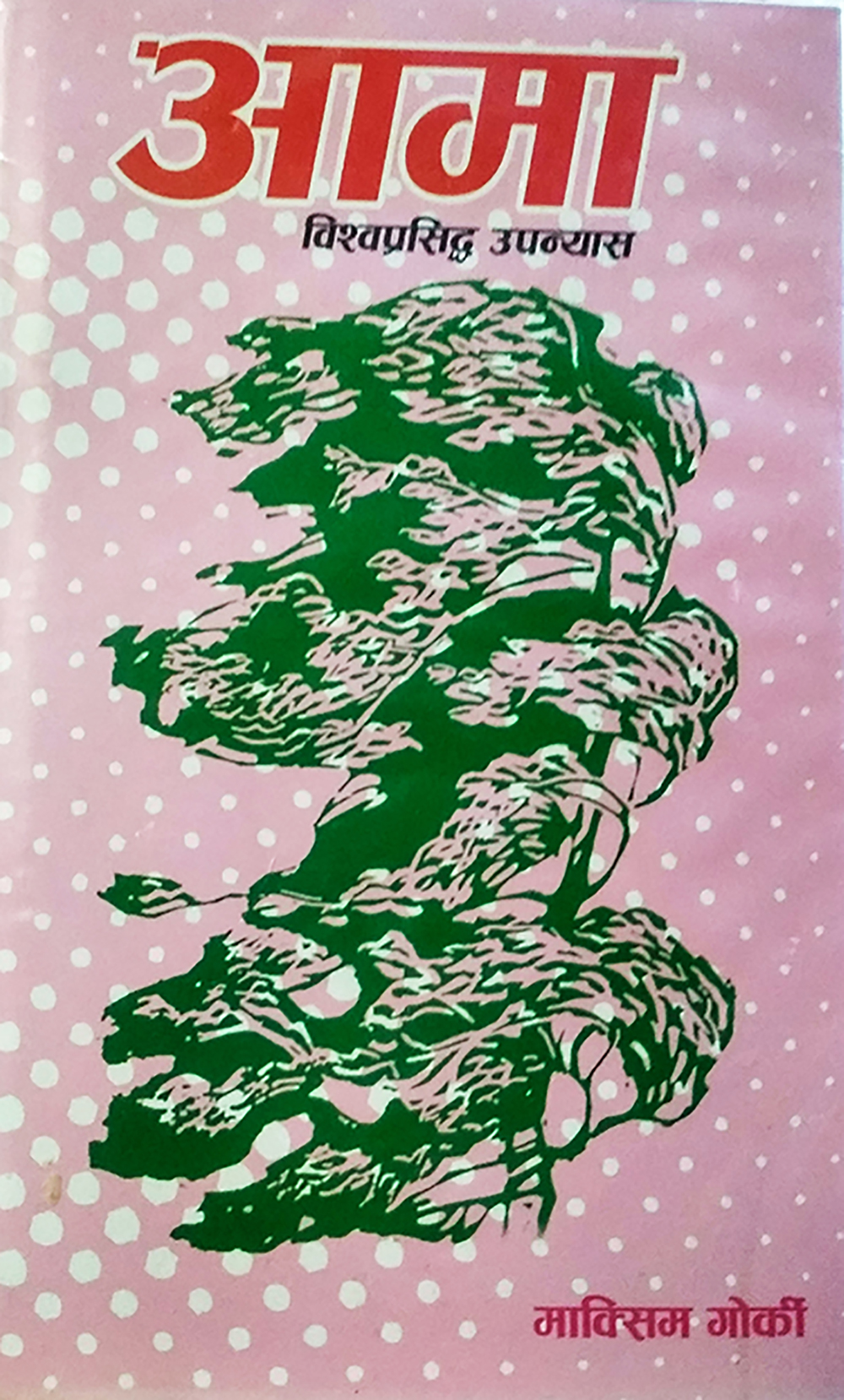
Author: Maxim Gorky
Year: 2018 (translation)
Publisher: Panch Pokhari Prakashan
Anido Pahad Sangai

Author: Parijat
Year: 1979
Publisher: Sajha Prakashan




 8.12°C Kathmandu
8.12°C Kathmandu





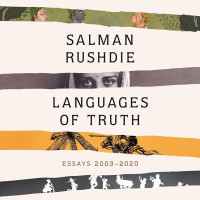



%20(1).jpg&w=300&height=200)

